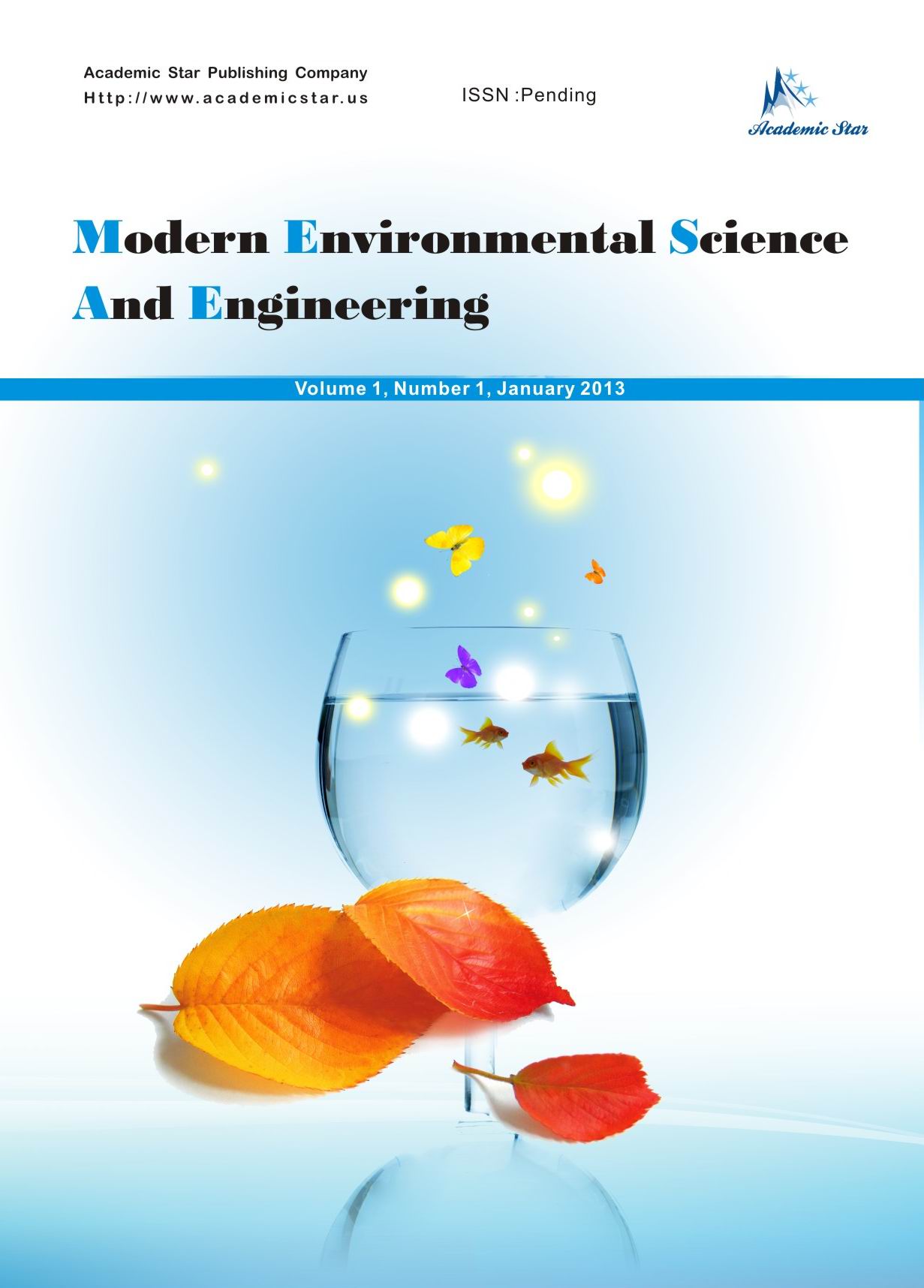
- ISSN: 2333-2581
- Modern Environmental Science and Engineering
Forecasting Sea Levels for 2050 and Its Relationship With Environmental Variables With Time Series Models
Colegio de Postgraduados, Mexico
Abstract: The World Meteorological Organization (WMO) cautions that 2024 is poised to become the warmest year on record, fueled by the El Niño phenomenon. This persistent trend, continuing from 2023, is projected to trigger droughts, off-season tropical storms, and rising sea levels, imperiling 40% of the global population residing within 100 kilometers of coastlines. Historical data reveal alarming sea level rises: 1.7 cm/year in the 20th century, 3.1cm/year in its final two decades, and 3.7±0.5 cm/year since 2006, primarily driven by global warming, glacier melting, and thermal expansion. This study introduces a statistical methodology linking sea level rise with temperature and pollution time series. Notable insights include: sea level exhibits a constant, positive trend over time, with 48% annual growth following La Niña events. Global temperature increases sea level with a three-month delay. CO2 levels impact sea levels with a similar three-month lag. GARCH modeling reveals volatile sea level behavior. By 2050, the model predicts a 31 cm sea level rise. This research underscores, the effectiveness of statistical methodologies in understanding natural phenomena and making predictions, as well as the urgent need for climate action to mitigate the impacts of rising sea levels and associated climate risks.






